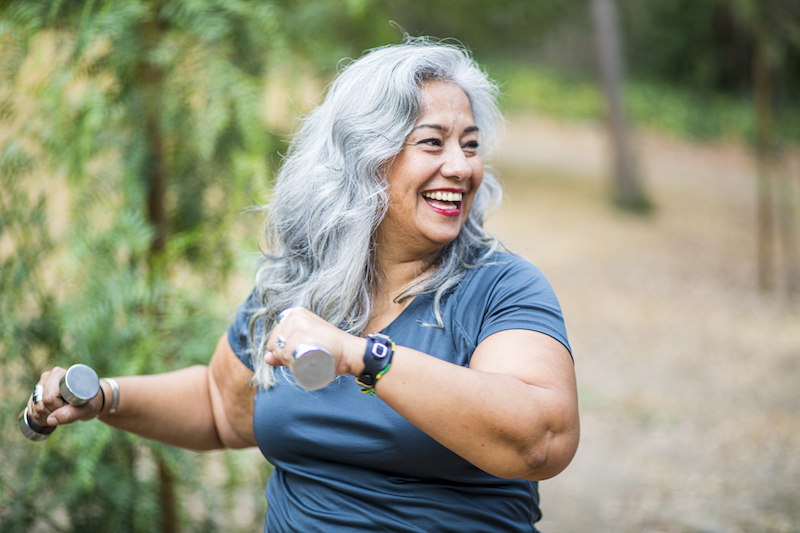You may think that the mind and body have a simple relationship: The brain tells the body what to do and the body sends sensory input back to the brain. But brain wellness is much more complex than that. In fact, your brain and body are deeply dependent upon each other.
The Body and Brain Connection
Studies show that people who are physically active are less likely to experience a decline in their brain health.
It is believed that these benefits are due to increased blood flow to the brain during exercise. This also stimulates the production of hormones, which enhance the connections of brain cells that otherwise naturally decline with age. This improves memory and boosts cognition.
Regular exercise can also help prevent chronic diseases like diabetes and heart disease, both of which can adversely affect brain health.
Exercise causes the hippocampus, a structure in the brain vital for memory and learning, to grow in size and may help improve mental function in older adults.
Studies have shown that exercise can reduce changes in the brain that can otherwise contribute to conditions like Alzheimer’s disease and other forms of dementia.
Physical activity also reduces anxiety and stress, boosts creativity, and increases pain tolerance. It stimulates the release of endorphins—the “feel-good” chemicals in the brain—that alleviate depression and increase feelings of self-esteem and positivity.
What are the Best Exercises?
Ideally, you should incorporate a minimum of 150 minutes of moderately intense aerobic activity into your week. This can include walking, swimming, cycling and strength training. You can break this up into 10- or 15-minute chunks, two or three times per day. Other activities that count toward exercise could include gardening and yard work, cleaning the house, and even grocery shopping, as it involves walking, lifting and stretching to reach items.
The American Heart Association provides heart rate training zone information based on age. However, your physical condition and medications you are taking may alter your heart rate. For example, some medications like beta blockers slow the heart. Your physician may want to test you to determine your target heart rate.
For most workouts, aim for physical activity that feels somewhat hard. If you can’t complete speaking a short, simple sentence while exercising, you’re probably working too hard.
If you can’t achieve the 150-minute level of physical activity, make it a point to move throughout your day. Get up and walk around the room during TV commercials. You can even keep a light set of dumbbells handy and knock out a few reps before your show returns. There are also exercises you can perform while sitting in a chair.
Aerobic Exercises for Brain Wellness
Aerobic exercises get your heart rate up to the moderate activity level zone. The best aerobic exercise is the one you will choose to do consistently without injuring yourself.
Walking is one of the simplest and best forms of aerobic exercise.
Cycling, whether outdoors or indoors or on a stationary bike, is easy on the joints.
Swimming provides a full-body workout.
Rowing machines combine strength training with aerobic training.
Dancing is not only physical; it requires your brain to learn and master movements. Plus, dancing is linked to improved bone health, flexibility, and balance.
Other Exercises
Weight training can be an aerobic form of exercise if performed in a circuit weight training routine. Circuit training involves performing multiple sets of weightlifting or body weight exercises using light weights and high repetitions, with little or no rest between sets.
Weight training of any type has shown results in improving memory and other cognitive functions, as your mind and body work to master proper form.
Yoga can significantly improve verbal memory and the ability to find and remember locations, as learning yoga skills creates new neural pathways in the brain.
Tai Chi has been linked to an improved ability to multitask, and enhanced reasoning, planning, problem-solving and memory skills among older adults.



